Research
Search our website
Search our website by entering a keyword or choose a database above to search specifically.
Search
Showing search results 9,051 - 9,060
14,722 results found

Kleine Lindestraat 11-13, Zemst, Belgium

Kleine Parijsstraat 13, Zemst, Belgium

Kleine Parijsstraat 11, Zemst, Belgium

Houterenberg 2, Tessenderlo, Belgium

Kerkstraat 108, Nieuwerkerken, Belgium

Kleine Kade 25, Goes, Netherlands

Kleine Parijsstraat 58, Zemst, Belgium

Kolenbergstraat z.n., Halen, Belgium

Kesterweg 67, Gooik, Belgium

Kerkstraat 48, Nieuwerkerken, Belgium








